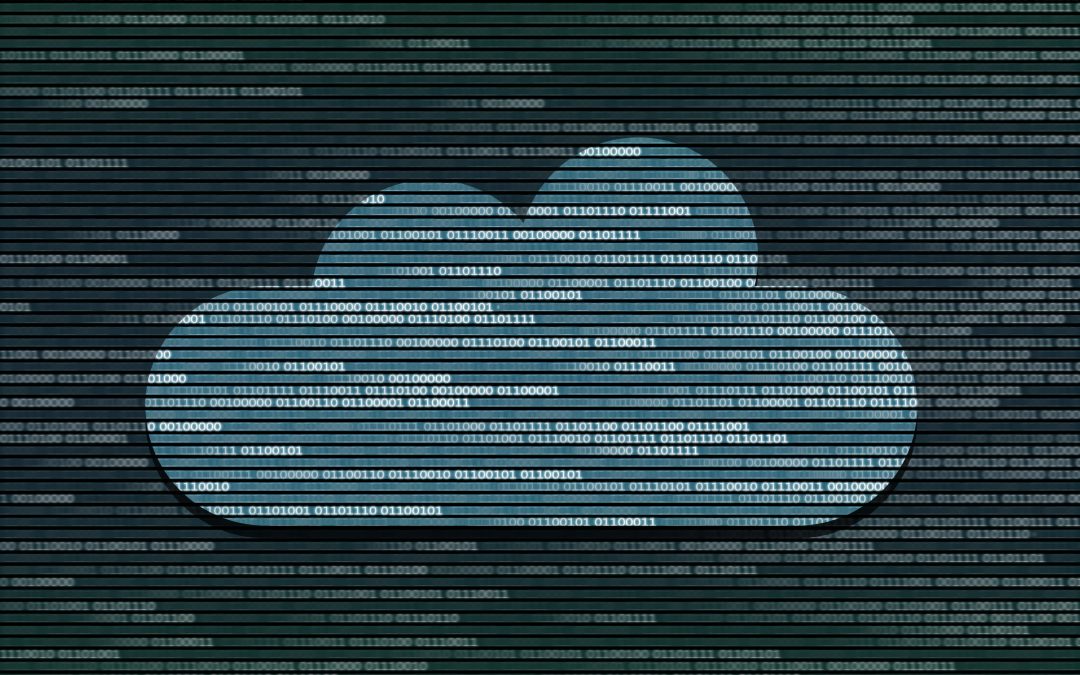How secure is the data in your cloud applications?
Probably not as secure as you might think. Many small businesses in Singapore and the rest of the world have made the transition to the cloud, and cyberattacks have followed the data there. As many as 59% of surveyed businesses have experienced privilege cloud credentials being hacked and 75% have lost data from a cloud service… more than once!
Cloud solutions are a major part of any company’s IT strategy, especially in a post-COVID world where businesses need to have the ability to quickly move their operations to a remote workforce, If you just assume that your SaaS service provider is going to handle all the security for you, then you may be in for an unpleasant surprise. Misconfigurations, phished credentials, and user errors can put your cloud data at risk.
That’s why it’s vital to make cloud security part of your entire IT security strategy.
5 Important Ways to Protect Your Cloud Data
It’s estimated that as many as 95% of cloud application breaches are due to human error. On a positive note, that means that if you make cloud security a priority, you can move the needle from a risky cloud infrastructure to a much more secure one. To improve your cloud app security, you want to take a layered approach, just like you do for the security of your on-premises equipment. Here are several strategies you can take to make that happen.
Use a Cloud App Security Broker (CASB)
A CASB is a platform that stands between your cloud apps and your users. It allows you to have visibility into your cloud app access from any device, and apply standard security policies across applications by different vendors. One well-known CASB is Microsoft Cloud App Security. This type of tool offers multiple safety benefits, including:
- Detection of the use of Shadow IT
- Evaluation of cloud apps for risk and compliance
- Force document security protocols in different cloud apps
- Remotely grant or revoke cloud access to different devices
- Encrypt data and apply other protections to cloud files
Back-Up Your Cloud Data
Most businesses know how important it is to back up their files stored on computers, servers, and mobile devices, but they forget about backing up cloud data. Some assume that the cloud provider is taking care of that, but it’s not usually the case. For example, in Microsoft’s Services Agreement, the company specifically recommends that you back up data that’s stored in its cloud services. The agreement states, “In the event of an outage, you may not be able to retrieve Your Content or Data that you’ve stored. We recommend that you regularly backup Your Content and Data that you store on the Services or store using Third-Party Apps and Services.” To prevent data loss due to overwriting, a ransomware attack, or other incident, make sure you are backing up all cloud data with a managed backup plan.
Use Multi-Factor Authentication for Cloud Logins
Credential theft is one of the top threats to business data that is stored in cloud applications. Once a hacker gets their hands on user login credentials, they can wreak havoc and steal sensitive information. To prevent breaches due to hacked or compromised login credentials, ensure you have multi-factor authentication (MFA) enabled for all your accounts. This can stop approximately 99.9% of all fraudulent sign-in attempts because the hacker can’t get past the additional security requirement. To make MFA easier for your users, you can implement a single sign-on (SSO) tool, which will only require your users to go through the login and MFA procedure once to be signed into all their different cloud business apps.
Get Help with App Security Configurations
Misconfigurations are a common security vulnerability. Users leave settings to risky default configurations and aren’t sure what they should be set to. Its important that you get help from an IT provider (like Managed IT Asia) that understands the security settings in multiple business cloud apps and can help you ensure they’re properly configured to protect your data.
Use the Rule of Least Privilege
When you add new users to a cloud app, do you just make them all admins? Some companies do this “just in case” someone may need access to a certain feature. But doing that is dangerous because it means a hack of any user password would give the hacker access to important admin controls. Use the Rule of Least Privilege, which means to give users the lowest privilege access you can for them to perform their job. This reduces risk because it limits what a hacker can do if they end up stealing one of your user’s login credentials.
Get Help Securing Your Cloud Infrastructure
Don’t leave your cloud data at risk! Get help from Managed IT Asia with a comprehensive cloud app security plan. Contact us today for a free consultation. Call +65 6748 8776 or reach us online.
MANAGED IT ASIA, we are an IT Support, IT Solutioning and Managed IT Service Provider specializing in serving Small Businesses across Asia. Call us at +65 6748 8776 and let us manage your Small Business IT today!
